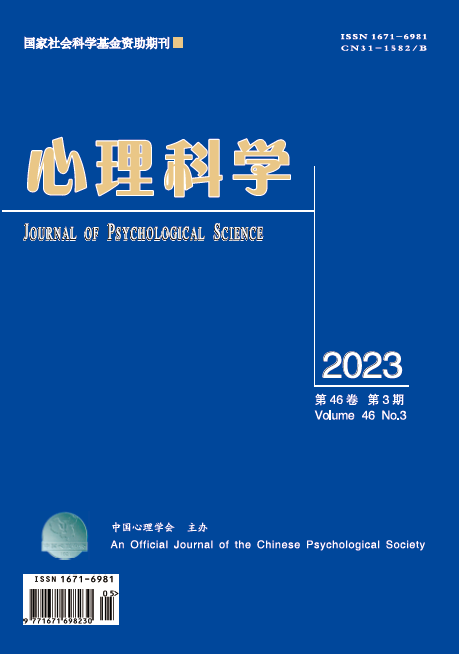|
|
A review of eye tracking studies on mind wandering
Zhang Qin, Wang Ya
2023, 46(3):
538-544.
In daily life, people often mind wandering, which is also known as absent-mindedness. Mind wandering mainly refers to a state of consciousness in which an individual's attention shifts from the current task to internal information unrelated to the task, such as personal goals, fantasies or other ideas, and departs from the present moment. Mind wandering usually reduces task performance. In addition, mind wandering can also affect individual's mental health, especially when mind wandering focuses on the past, which is usually related to negative emotions. It is worth noting that mind wandering also has important adaptive functions, such as its association with planning and creative thinking. Self-report methods were often used to study mind wandering, however, it is subjective. Eye tracking technology is becoming widely used in mind wandering research because of its economic efficiency and applicability in different situations and populations. Eye tracking can help us to understand the relationship between brain and behavior. It is of great significance to explore the eye movement characteristics of mind wandering to get a better understanding of mind wandering and its underlying mechanisms. In recent years, eye tracking has been used in many studies on mind wandering, and important findings have been achieved. To provide an overview of eye tracking studies of mind wandering, and get a deeper understanding of mind wandering, we searched databases (including web of science , google scholar, Pubmed) with the keywords “mind wandering” and “eye tracking”, and reviewed relevant studies. We reviewed literature from the following aspects: First, the commonly used tasks to in mind wandering studies using eye tracking, including reading task, video-lecture task, sustained attention response task, N-BACK task, choice reaction time task, and breath counting task. Second, the commonly used eye movement indicators, including fixation duration, pupil diameter, blink rate, etc. Third, the characteristics of eye movement during mind wandering, and the studies suggested that eye movement indicators can be used as markers of mind wandering. Fourth, mind wandering was explained from the theoretical perspective of attention decoupling, that is, individuals in the state of attention decoupling were prone to mind wandering. Fifth, based on the findings and limitations of existing research, we suggest that future studies are needed in the following directions: (1) We need to compare whether different time windows would affect the research results; (2) To distinguish eye movement characteristics on different types of mind wandering, e.g., based on the content of mind wandering; (3) To explore individual differences of mind wandering by eye tracking, and to investigate whether the eye movement indicators of mind wandering could differentiate special populations, such as patients with mental illness; (4) To develop better algorithms to distinguish whether participants are focusing on task or mind wandering based on real time eye tracking data, this could get rid of the limitations of subjective reporting. These findings suggested that eye tracking represents a promising neurophysiological tool for understanding and assessing mind wandering.
Related Articles |
Metrics
|

